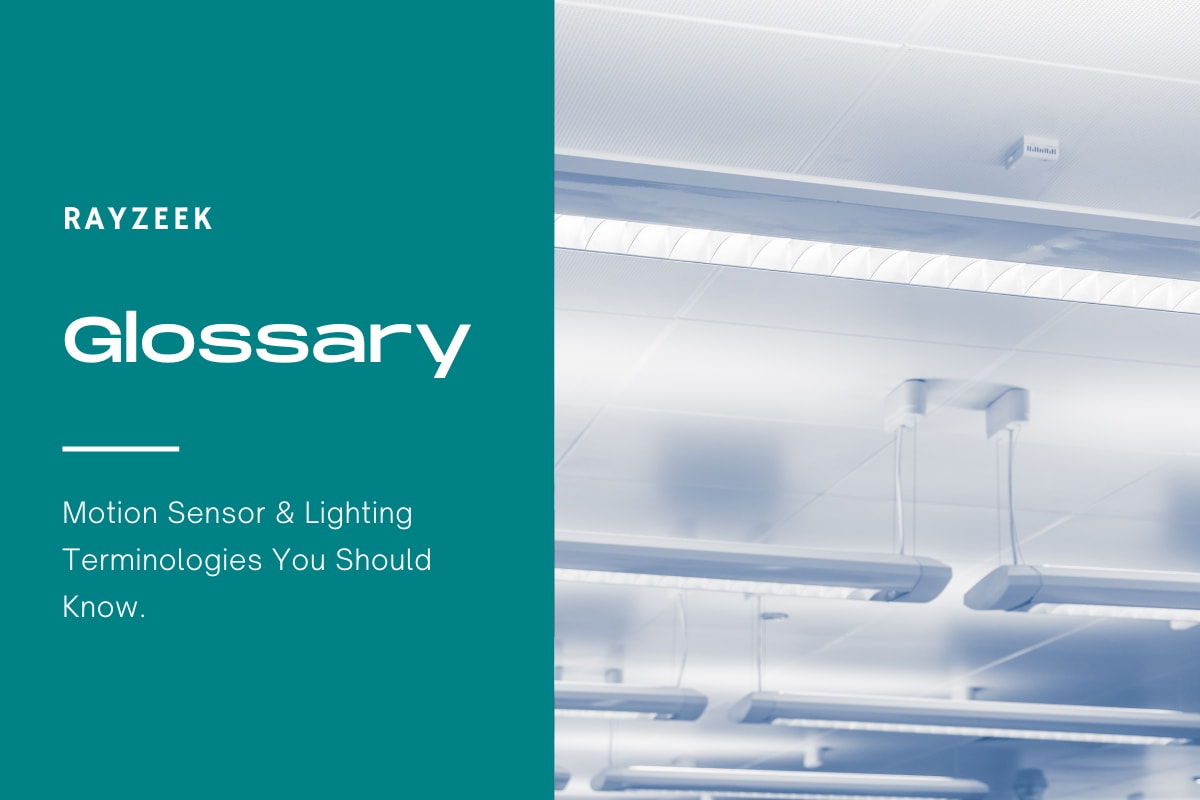What is Transparent Material
A transparent material is a substance that allows light to pass through it with minimal obstruction or scattering. It is characterized by its see-through and clear properties, enabling the clear visibility of objects on the other side. Transparent materials transmit the color of light that passes through them, meaning that the emerging light will have the same color as the incident light. Examples of transparent materials mentioned in the given context include air, water, and clear glass.
Unlike translucent materials, which allow some light to pass through but scatter it, transparent materials allow light to pass through without significant diffusion or distortion. This property makes transparent materials ideal for use in the construction of lighting fixtures, such as lenses or covers, as they allow the emitted light to pass through without hindrance.
Looking For Motion-Activated Energy-Saving Solutions?
Contact us for complete PIR motion sensors, motion-activated energy-saving products, motion sensor switches, and Occupancy/Vacancy commercial solutions.
It is important to mention that transparent materials differ from opaque materials, which do not allow any light to pass through them. Opaque materials either reflect or absorb light, converting it into heat. Transparent materials, on the other hand, transmit most of the light that strikes them, allowing for clear visibility of objects on the other side.
Maybe You Are Interested In
Frequently Asked Questions
What’s the Difference Between Transparent and Translucent
Transparent objects, such as water and glass, allow light to pass through them easily. On the other hand, translucent objects, like tracing paper and waxed paper, only allow light to pass through them partially.
Do Translucent Objects Emit Light
Translucent objects do not emit light. Unlike transparent objects that transmit most of the light falling on them, translucent objects undergo all three processes – reflection, absorption, and transmission of the light that falls on them.
What Happens to Light in Transparent Materials
Transparent materials allow light to pass through them without scattering the rays. This means that when light falls on a transparent object, the majority of it passes through, allowing us to see through the object. Transparent substances or objects are clear in appearance.
Can Light Pass Through Transparent Materials
Both transparent and translucent materials permit the passage of light. Examples of transparent substances include spectacles, glass, sand timer, prism, fish tank, and camera lens. Transparent mediums allow light to pass through completely, while translucent objects only allow partial passage of light.

























